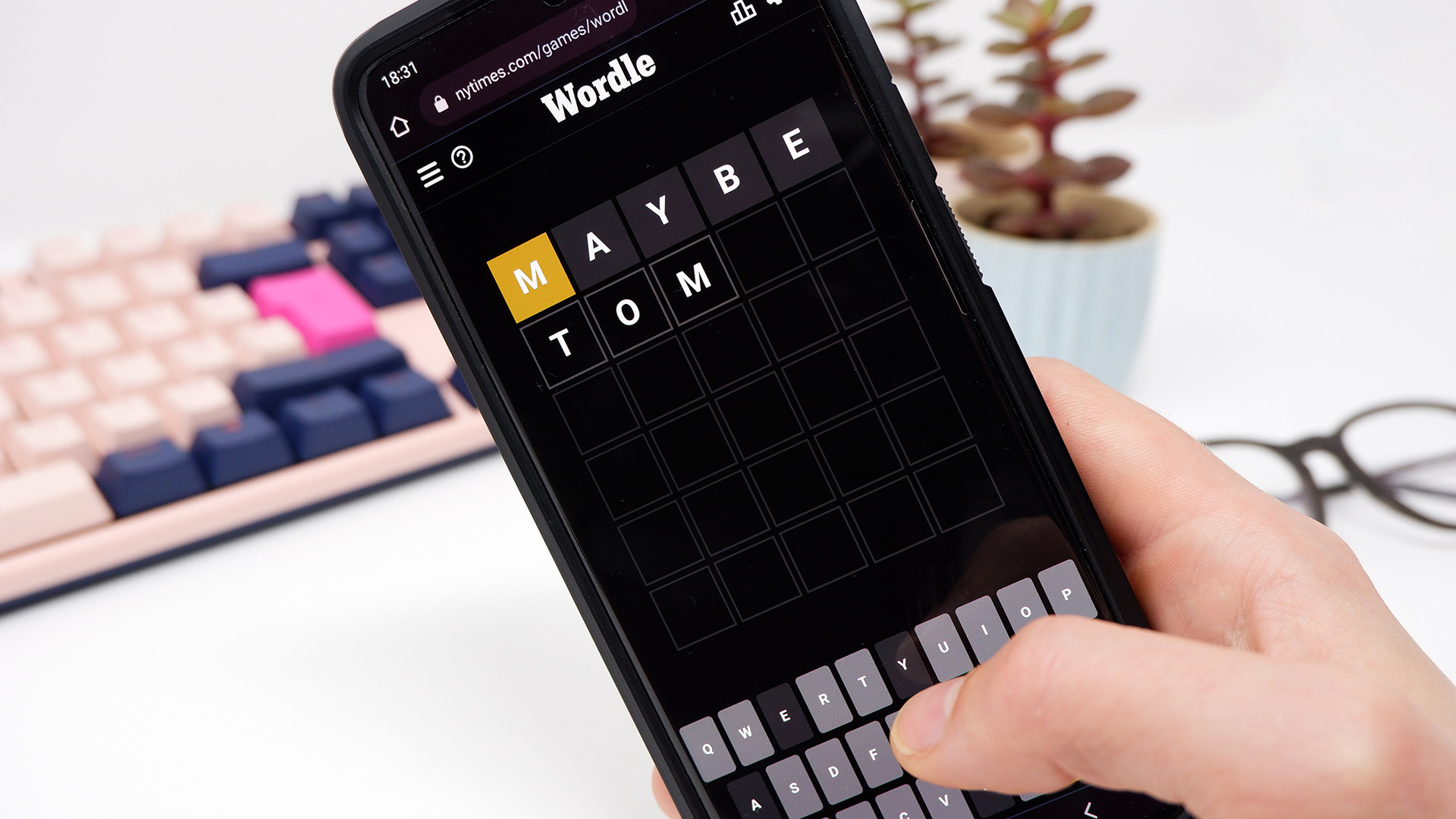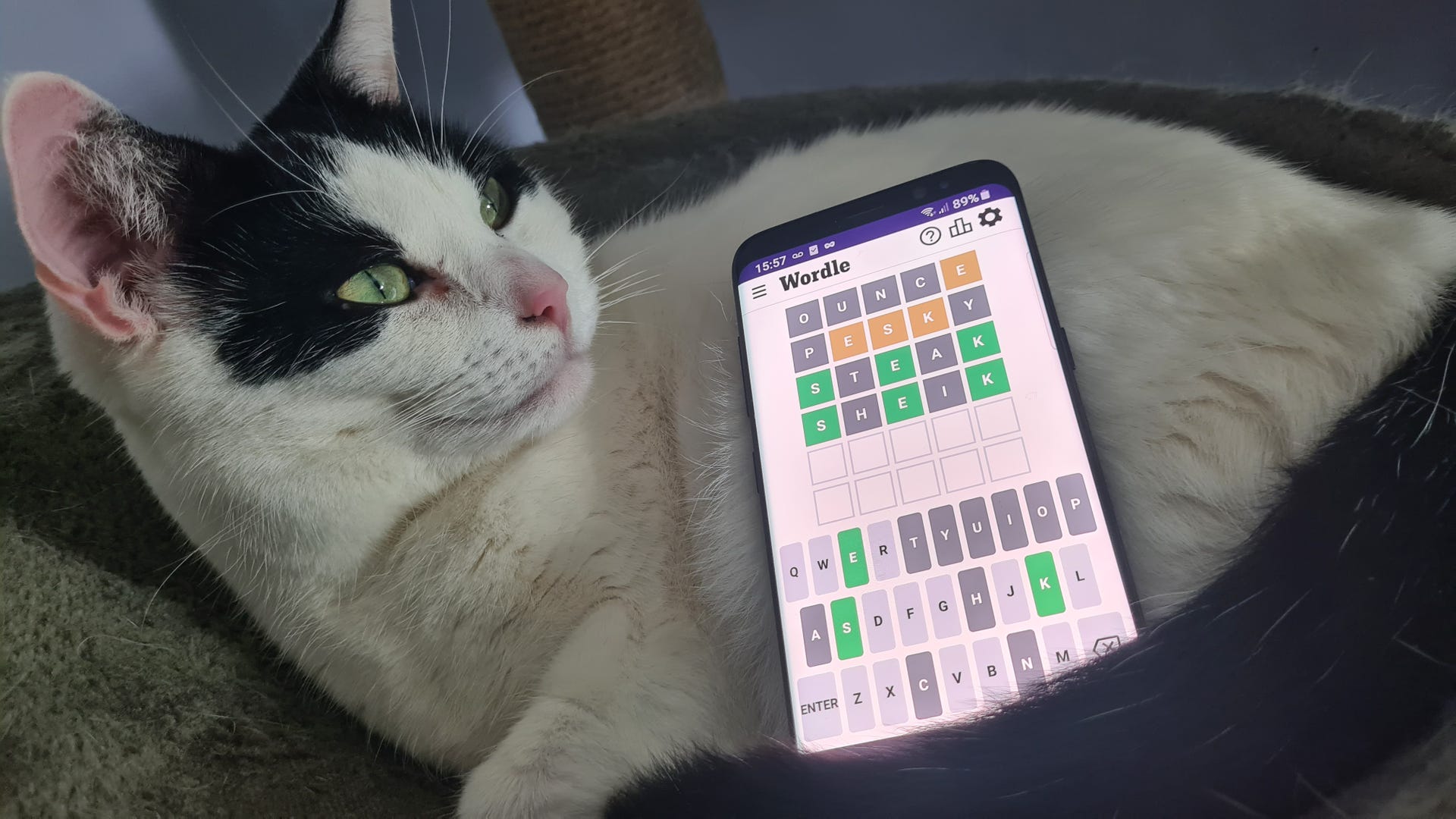
Xiaomi G Pro 27i Mini-LED Monitor Review
So far, 2024 has been a year marked by excellent gaming monitors, and the very best ask you to dig deep into your wallet to call them your own. But with the Xiaomi G Pro 27i, the consumer tech giant is having its very own “hold my beer” moment. At retail price of only $370, it’s a great 1440p gaming monitor that brings a feature set that would usually cost twice as much, and it’s readily available on Amazon. It lacks a couple of features, like a built-in USB hub, but its mini-LED display makes it a killer value and the best budget monitor which you should definitely consider for yourself.
Xiaomi G Pro 27i – Design and Features
The Xiaomi G Pro 27i sports a 27-inch, 1440p display with a design that has a distinct similarity with Alienware with its white stand and rear panel. It’s the perfect resolution for the screen size, offering a pixel density of 109 PPI for crisp visuals. While it’s not necessarily “esports grade” by going with 180Hz refresh rate rather than a more desirable 240Hz, it’s perfectly sufficient for anyone that isn’t on the cusp of going pro (and the trade-off is worth it, trust me). Its motion clarity is still better than 144Hz monitors that run similar IPS panels. It also sports variable refresh rate (VRR) through both AMD FreeSync and Nvidia G-Sync, so any fluctuations while trying to hit 180 frames will smooth out.
Since it’s using an IPS panel, it features the usual benefits of rich and accurate colors and wide viewing angles. While these panels are historically slower, that’s not an issue here as it’s rated for a 1ms GTG (gray-to-gray) response time. In normal terms, there’s no ghosting to be seen even in a variety of gameplay scenarios. This monitor also sidesteps the usual concerns of backlight bleeding and low contrast that frequently plague IPS displays.
It accomplishes this by using a mini-LED backlight instead of a more common edge-lit design. Beneath the panel’s surface, there’s a massive array of miniaturized LED lights spanning its entire area. This allows it to achieve more than double the average brightness of gaming monitors around this price (typically 350 to 500 nits) and achieve far better contrast through full array local dimming (FALD). Mini-LED technology isn’t new, but it’s only recently that prices have dropped to include in more affordable monitors like this. As of this writing, the Xiaomi G Pro 27i is the best mini-LED monitor you can find under around $700.
It’s able to perform so much better than the competition because Xiaomi has outfitted it with two-to-three times the number of dimming zones compared to its nearest competition. It features an impressive 1,152 local dimming zones, allowing each to be quite small. The monitor detects the content being displayed and dims the backlight in shadowed and completely black areas of the screen. Most IPS gaming monitors top out at a 1,000:1 contrast ratio, which can make blacks look like a dark gray in well-lit rooms. With local dimming on high, I measured just shy of an 8,100:1 contrast ratio using my colorimeter. The next step up from here is OLED, which can easily raise the price by about $500 or more.
These LEDs also allow it to achieve a rated brightness of 1,000 nits. Paired with its local dimming zones, it’s able to offer a “true” HDR experience that’s a treat to experience in both games and streaming content. Unlike OLED monitors, there’s no risk of image retention or problems with text clarity either, making it a strong choice for productivity and longevity.
There are only a few in this price range able to compete. AOC’s affordable mini-LED, the Q27G3XMN, is rated for 1,000 nits but has 336 zones. The Cooler Master Tempest GP2711 is a bit better with 576 zones with the same peak brightness, but is more than $100 pricier. With fewer dimming zones, these monitors offer blotchier lighting experiences and much more pronounced blooming when light objects appear on gray backgrounds.
Looking to upgrade your audio experience, too?
Check out our roundup of the best gaming headsets!
To get a similar level of performance, you can expect to pay roughly double, outside of major sales, as with the INNOCN 32M2V. And the prices go up from there. Asus has a 4K mini-LED monitor with the same number of zones for $1,500 on sale, though, in fairness, it’s a 4K display with a peak brightness of 1,400 nits, so it’s not exactly apples to apples. The range of similar monitors at such higher prices just highlights how surprising it is to see these kinds of specs at such an affordable price.
Part of the reason the G Pro 27i is able to achieve such brightness is because the panel has been treated with Quantum Dots, which also expands its color gamut. Xiaomi claims 100% coverage of the sRGB colors space, 99% coverage of DCI-P3, and 97% coverage of Adobe RGB. In a pleasant surprise, these measurements were actually lower than what I measured. sRGB and Adobe RGB were spot-on, but DCI-P3 peaked at 100%. Note that this is the highest reading with my current meter, so it’s possible (and our colleagues in the space have shown) that it could be even higher. That’s fantastic for creative professionals.
It also comes color calibrated from the factory, though this was more of a miss. Out of the box, Xiaomi claims an average DeltaE of <2, which is accurate enough for color critical work. On my sample, the color temperature skewed warm and the DeltaE average came in at 3.42. It’s perceptible enough that you’ll want to calibrate it on your own if you plan to need extremely accurate colors. I suspect many gamers will find it just fine out of the box or with a few small tweaks in the OSD.
But slightly skewed colors aren’t the only issue to be aware of. To keep the price low, there really aren’t any gaming features outside of its core specs. You have a few genre-based picture presets, but these only seem to adjust color and brightness, not any core performance characteristics of the display. There’s a shadow enhancer and several escalating overdrive settings (the default Fast setting is best), but that’s about it.
The OSD allows you to adjust all of the typical settings for picture quality (brightness, contrast, saturation, etc.) as well as set the monitor to dedicated sRGB, DCI-P3, and Adobe RGB modes, but there are precious few settings to actually enhance gameplay. Within the advanced menu, you’re also able to enable VRR and HDR and choose what level of local dimming you prefer.
The connectivity options are also very limited. There are two HDMI 2.0 ports, two DisplayPort 1.4s, and a headphone jack. There’s no input for USB Type-C and no USB hub, which is common to find in high-performance monitors these days. That’s a bummer if you like to keep your peripherals or a flash drive plugged in and within easy reach.
Surprisingly, the stand is quite good. It uses Philips screws to fasten to the base, which I haven’t seen in a while (thumbscrews are the new standard), but it’s easy to assemble and stands securely with the display attached. It offers around four inches of height adjustments, tilts, rotates, and can pivot into portrait orientation to use as a side display. I find the “MiniLED” stamp on the side a bit garish but it’s not bad and I like the uniform white look between the stand and back of the monitor.
Xiaomi G Pro 27i – Performance
Overall, the Xiaomi G Pro 27i blew me away. As someone who reviews monitors for a living, I did not expect this level of performance from a monitor with an MSRP of $370 and, at the time of this review, a nice $40 off coupon to bring that down to $330. That price may even go down as time goes on, but let’s be clear: even at $370, this is a great value.
I have spent most of this year testing high-end monitors that usually start around $700 and extend well above $1,000, but over the years, I’ve tested dozens of more affordable options too. The G Pro 27i has way more in common with those expensive monitors than it does with anything in the budget or mid-tier of gaming monitors. It’s not perfect, but for picture quality and HDR, it punches way above its class and comes surprisingly close to some of the pricier OLEDs that have been released this year. For around $370, it doesn’t get much better than this. And under $600, it still doesn’t get much better than this.
That’s high praise, but the monitor is worth every ounce of it. With a little tweaking, I was able to dial in the picture so close that I legitimately said “wow” even after testing a $1,300 OLED from Asus. It requires trade-offs but with specs like these, it seems clear that this is Xiaomi’s market challenger. The other mini-LED and traditionally backlit monitors simply don’t compare to the picture quality it’s able to deliver when everything is dialed in.
With local dimming on high, blacks get as dark as I’ve encountered without shifting to an OLED panel or paying hundreds more for a monitor with a similar amount of dimming zones. The same is true on the opposite end of the spectrum. Whites and highlights pop, and since it’s still an LED monitor, it doesn’t suffer the same limited SDR brightness, which means that high contrast can be paired with high brightness at all times to get a rich image quality. It can maintain a vibrant, punchy picture in perpetuity. In fact, it can get so bright that I’ve seared my eyes more than once forgetting to turn the brightness back down after a gaming session. Thankfully, it ships from the factory with the brightness turned down to prevent this from happening straight out of the box.
According to my colorimeter, it’s able to output around 960 nits of sustained brightness on a full-white screen in HDR. OLED monitors, by contrast, typically only hit those levels (and, in fairness, can often get significantly brighter) in very small percentages of the screen, limiting peak brightness to highlights only. The monitor did get warm, but I enjoyed cranking the brightness up for the most vivid picture.
The trade-off is that its excellent contrast is only possible with local dimming on high, which is also where blooming is most visible. It’s not noticeable when gaming, but if you’re in a program with a gray background, like Photoshop, you can’t miss it. A purplish circle follows the mouse pointer around the screen. Xiaomi stated, via email, that this is expected behavior and that it is recommended to only use local dimming on “low” outside of movies and games.
Dropping to this mode, or turning it off entirely, eliminates the bloom at the expense of making it look like a normal IPS monitor. That’s not a bad thing, but those dimming zones are spoiling. I never stopped noticing the bloom but found that it was isolated enough that I got used to it after a couple of days and preferred just letting local dimming do its thing at all times. This is very subjective, so I recommend taking a look at the photo above, or a live video if you can find it, to be sure you won’t mind or are comfortable turning contrast down for productivity.
Blooming is also a fact of all mini-LED monitors currently – it’s the core trade-off when compared to OLED. If you can live with it, the G Pro 27i offers brightness, no risk of burn in, and a dramatically lower price. It’s also not an issue in games and movies where there is more motion occurring on screen.
Interestingly, it’s really only visible on gray backgrounds and the monitor seems to ignore illuminating the pointer in black spaces. Moving the mouse to the dark corner of my wallpaper (pictured above) just causes the mouse pointer to get dull from a lack of lighting. It’s a bit odd to see in daily use but is preferable to seeing that bloom on every dark background.
Response time is very good, although setting Overdrive to the “Faster” option is required for the best performance. Using that mode, the BlurBusters’ UFO Ghosting Test showed results that are on par with other 1ms IPS gaming monitors. There are some minor image trails, particularly transitioning from dark to light, and some overshoot in the lightest row, but in actual games, I didn’t see any ghosts or other visual artifacts that would take away from the experience. Response time is still an area where OLEDs soar above IPS and VA panels and is a core reason you still might want to consider one if you’re a competitive player.
Playing games on it is a unique treat at this price. Though it lacks most dedicated gaming features you’ll find on other monitors, I didn’t miss them as I soaked in its gorgeous picture. Its 180Hz refresh rate, backed by stutter-free Nvidia G-Sync, made both Diablo 4 and Battlefield 2042 feel smooth and fluid. If I didn’t know the price, its picture quality and gaming experience alone would lead me to guess it was closer to $600 to $700.
Its out of the box calibration is an issue, but it’s not a dealbreaker. Generally, it just seemed a little warm, but I was able to correct that by simply adjusting the picture settings within the OSD. If you’re not relying on color accuracy for creative work, you really don’t need a colorimeter to get it dialed in, just time and a willingness to tweak it to your preference.
In the end, what we’re left with is a gaming monitor that has a few small, mostly easily addressed, issues but is otherwise an incredible value. Its quality and performance are next-level for this asking price.
















